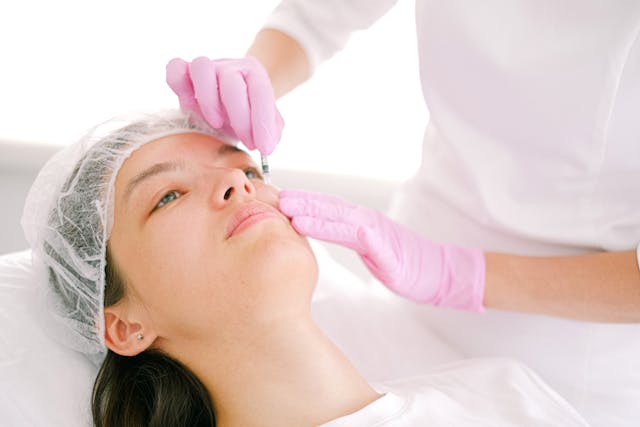Skin cancer is among the most common types of cancer, and understanding its detection methods plays a key role in managing potential outcomes. It develops when skin cells grow uncontrollably. This is often due to prolonged and unprotected exposure to UV rays. Other risk factors include a history of sunburns, fair skin, or genetic predispositions. While some types of skin cancer grow slowly, others can progress more rapidly without showing obvious symptoms early on. Recognizing the importance of monitoring changes in the skin can significantly influence when and how treatment begins.
Early Warning Signs of Skin Cancer
Identifying potential signs of skin cancer as early as possible allows for more options when choosing effective management or treatment strategies. While not all skin irregularities are cancerous, certain characteristics can indicate a need for professional evaluation. One well-known method for assessing these warning signs is the ABCDE rule:
- A – Asymmetry: One half of a mole or a lesion does not match the other in size or shape.
- B – Border: The edges appear irregular, jagged, or blurred instead of smooth.
- C – Color: Variation or uneven distribution of colors within a lesion, such as shades of brown, black, white, or red.
- D – Diameter: Growths larger than 6 millimeters, roughly the size of a pencil eraser, may warrant examination.
- E – Evolving: Any mole or lesion that changes in size, shape, or color over time.
These observations serve as initial indicators for skin abnormalities. Changes such as persistent itching, oozing, or bleeding in a growth should also prompt further evaluation from a medical professional.
The Role of Routine Skin Checks
Routine skin checks provide an opportunity to identify potential skin cancer developments before symptoms escalate. Dermatologists recommend performing these checks regularly to detect visible changes that might otherwise go unnoticed. This is especially true in hard-to-see areas such as the scalp, back, or feet.
For individuals at increased risk, such as those with a family history of skin cancer or significant UV exposure, regular checkups with a dermatologist can assist in monitoring skin conditions effectively. Professional checkups are designed to perform a comprehensive analysis of the skin.
When to Seek Professional Advice
While self-checks build awareness, certain conditions require professional evaluation. If a mole or spot aligns with the criteria mentioned in the ABCDE rule, displays persistent symptoms such as irritation or bleeding, or seems suspicious overall, consulting a dermatologist is recommended. Various diagnostic tools—such as dermoscopy—are available for a more in-depth examination. This helps provide an accurate identification of any concerning lesions.
Early intervention not only provides better outcomes but also reinforces the habit of managing skin health proactively. Building an ongoing relationship with a trusted dermatologist can also help high-risk individuals receive tailored advice for prevention and management. Keeping a written or photographic record helps compare findings during future checks.
Involve a Dermatologist in Proactive Prevention
While no single measure can guarantee protection against skin cancer, early detection initiatives are an effective way to minimize risks associated with its progression. By integrating a combination of self-examinations, regular dermatological visits, and awareness of skin changes, individuals can monitor their skin health confidently. Creating a routine focused on observation ensures that signs of potential concern are addressed promptly, maximizing better health outcomes over time.

